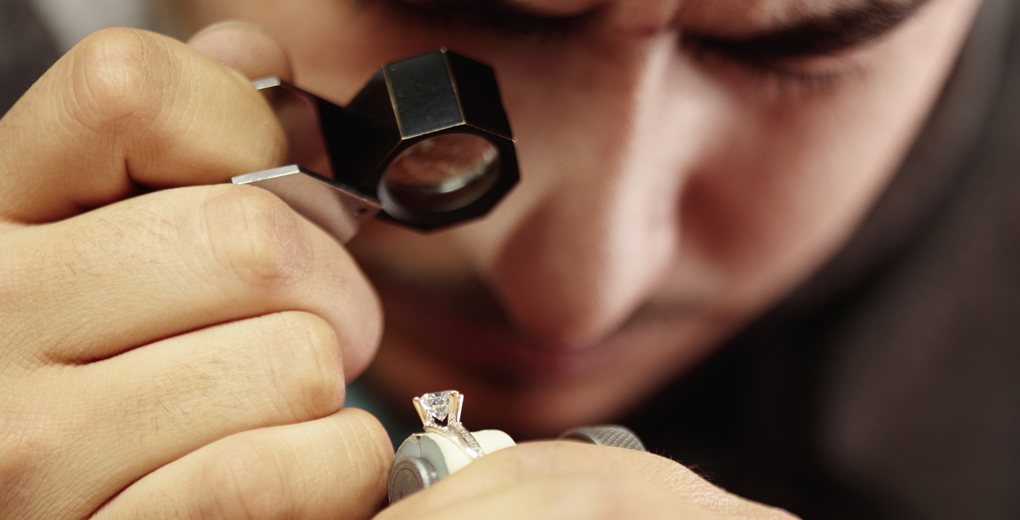What to consider when having jewellery valued
It may seem like a chore, but having your jewellery valued can save trouble further down the line.
When it comes to expensive jewellery, it pays to be fastidious, not only so you can see a swift settlement in the event of loss of burglary, but to ensure that your jewellery doesn’t have a knock-on effect with your entire household insurance policy.
In some cases, failing to list higher-value items such as watches or rings separately could invalidate your insurance policy or lead to underinsurance, which means any payouts for individual items as well as your home could be grossly inadequate.
For these reasons, it’s sensible to have your jewellery, especially those items you know are of significant worth valued on a semi-regular basis to account for rising prices in precious metals and stones.
Here’s what to consider and expect from a valuation:
Find a registered, certified valuer
Look to The Institute of Registered Valuers or the Association of Independent Jewellery Valuers to find someone who is registered. This will ensure they have the right skills and equipment. All registered valuers will have trained in gemmology and other specialist areas.
Alternatively, you could return to the shop where the item was bought, as many jewellers outsource professional valuations or hold valuation days.
Make sure the person valuing your jewellery is certified themselves as an IRV or GRV. Any valuation undertaken on behalf of someone who’s certified but not so themselves may not be valid in a claims scenario.
If you would like us to refer you to a jeweller for a valuation just let us know.
What your valuation should include
Your item or items will be cleaned, weighed, measured and photographed for the purpose of providing you with a valuation. This would normally include a detailed description including current condition, hallmarking information and a professional estimation value.
How much a valuation costs
There’s no outline figure for how much a valuation will costs, as this depends on whether the valuer’s charge is based on time or a percentage of the item’s worth. To get an idea it’s best to have a look at some quotes to get a rough estimate or speak to your insurance broker who may be able to recommend someone.
Arrange a follow-up valuation
Politics, celebrities, supply and demand and advertising can all affect the price of your jewellery. Having your jewellery valued once every few years can ensure your portfolio, and your insurance, is up-to-date.
Want to find out more? Speak to our team at Affinity about jewellery valuation and insurance.

